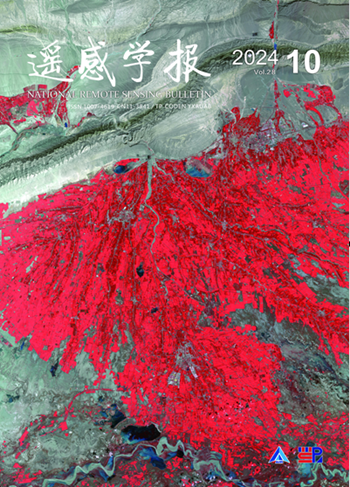Tectonolinament framework of the Black Sea region and the surrounding areas
引用次数: 1
Abstract
Modern high-precision global digital 3-d models of the relief of the continents and the ocean floor (SRTM, GEBCO) are the objective basis to clarify the structure and features of the organization of the planetary fault network of of the Black Sea region and adjacent areas of the Mediterranean mobile belt and surrounding platform areas, to find out the location of the main transregional supermegalineaments forming the deep structural-tectonic framework of the territory. A complete consistency of the structural plan of faults and fault zones within the sea areas and continental surroundings is established. The structural position of the Black Sea basin as a whole is determined by its location at the intersection area (superposition, interference) of the diagonal (subdiagonal) transcontinental tectonolinament belts: the north-west – Elba-Zagros, Caucasus-Kopetdag, and the north-east – Atlas- Black Sea. The absence of large-scale lateral displacements at the intersection nodes of differently oriented supermegalineament systems indicates the relative autonomous stationarity and inheritance of the formation of the lyneament framework during the entire Mezozoic-Cenozoic and relatively low-shear nature of its implementation. This feature of the Black Sea region structural pattern significantly limits the possibility of using neomobilistic geodynamic models to explain the history of the geological development of the region. The strict consistency and orderliness of the lineament framework can be ensured only by global planetary factors associated with the influence of the rotational regime of the Earth's shells on the stress distribution in the lithosphere.黑海地区及其周边地区的构造线性框架
现代高精度全球陆地和洋底起伏数字三维模型(SRTM、GEBCO)是阐明黑海地区和地中海运动带邻近地区及周边平台区行星断层网络组织结构和特征的客观基础,找出形成该领土深层结构构造框架的主要跨区域超巨岩的位置。海域和大陆周围的断层和断层带的结构规划完全一致。整个黑海盆地的结构位置由其位于对角(次对角)横贯大陆的构造造山带的交叉区域(叠加、干涉)决定:西北部-埃尔巴-扎格罗斯、高加索-科佩塔格和东北部-阿特拉斯-黑海。在不同方向的超巨线系统的交叉节点处没有大规模的横向位移,这表明在整个中新元古代-新生代期间,线性框架的形成具有相对自主的平稳性和继承性,并且其实施具有相对低的剪切性。黑海区域结构模式的这一特征极大地限制了使用新活动地球动力学模型来解释该区域地质发展历史的可能性。只有与地球外壳的旋转状态对岩石圈应力分布的影响相关的全球行星因素才能确保线性构造框架的严格一致性和有序性。
本文章由计算机程序翻译,如有差异,请以英文原文为准。
求助全文
约1分钟内获得全文
求助全文
来源期刊

遥感学报
Social Sciences-Geography, Planning and Development
CiteScore
3.60
自引率
0.00%
发文量
3200
期刊介绍:
The predecessor of Journal of Remote Sensing is Remote Sensing of Environment, which was founded in 1986. It was born in the beginning of China's remote sensing career and is the first remote sensing journal that has grown up with the development of China's remote sensing career. Since its inception, the Journal of Remote Sensing has published a large number of the latest scientific research results in China and the results of nationally-supported research projects in the light of the priorities and needs of China's remote sensing endeavours at different times, playing a great role in the development of remote sensing science and technology and the cultivation of talents in China, and becoming the most influential academic journal in the field of remote sensing and geographic information science in China.
As the only national comprehensive academic journal in the field of remote sensing in China, Journal of Remote Sensing is dedicated to reporting the research reports, stage-by-stage research briefs and high-level reviews in the field of remote sensing and its related disciplines with international and domestic advanced level. It focuses on new concepts, results and progress in this field. It covers the basic theories of remote sensing, the development of remote sensing technology and the application of remote sensing in the fields of agriculture, forestry, hydrology, geology, mining, oceanography, mapping and other resource and environmental fields as well as in disaster monitoring, research on geographic information systems (GIS), and the integration of remote sensing with GIS and the Global Navigation Satellite System (GNSS) and its applications.
 求助内容:
求助内容: 应助结果提醒方式:
应助结果提醒方式:


